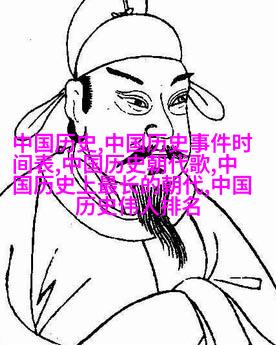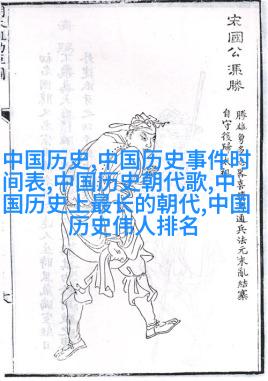
Deciphering the Ming Dynasty A Comprehensive Guide
Deciphering the Ming Dynasty: A Comprehensive Guide to Translating '明朝历史' into English

The Ming dynasty, also known as the Great Ming, was a Chinese imperial dynasty that ruled from 1368 to 1644. It is considered one of the most prosperous and peaceful periods in Chinese history.
Historical Significance

The Ming dynasty marked the end of Mongol rule in China and began a new era of Han Chinese dominance. The capital was moved back to Nanjing, which had been the capital during the Southern Song dynasty.
Cultural Achievements

During this period, there were significant cultural achievements such as advancements in porcelain production, silk weaving, and woodblock printing techniques.
Economic Growth

The economy flourished under the rule of Zhu Yuanzhang (the first emperor), who implemented policies aimed at promoting agriculture and reducing taxes for farmers.
Military Strength

The military strength of China was also significantly enhanced during this time with improvements in weaponry technology and training methods leading to increased efficiency on battlefields.
Architectural Marvels
Many architectural marvels were built during this period including temples like Lingyin Temple in Hangzhou and palaces such as Changde Palace located near Beijing's Forbidden City.
Legacy Today
Today we can see remnants of Ming architecture throughout China with many structures still standing after centuries - a testament to their impressive engineering skills that allowed them to withstand time so well.


